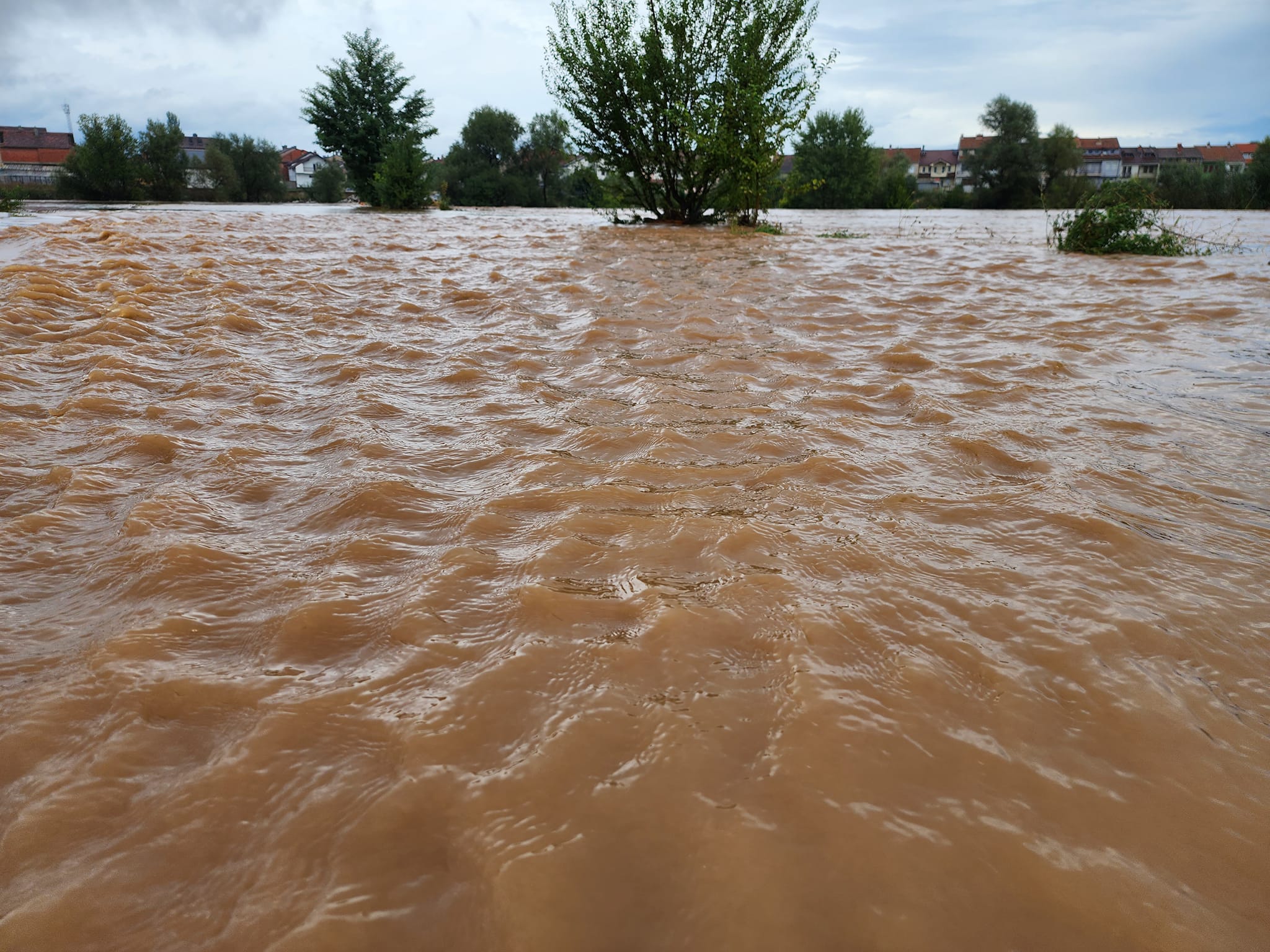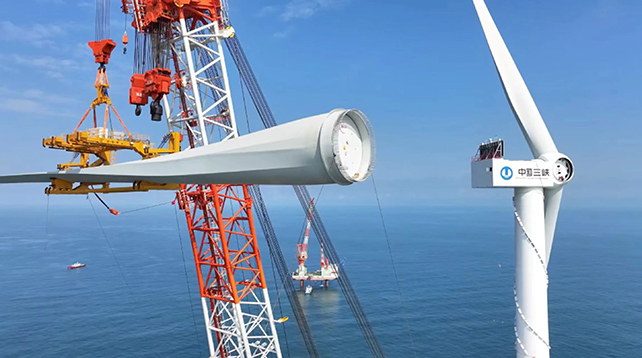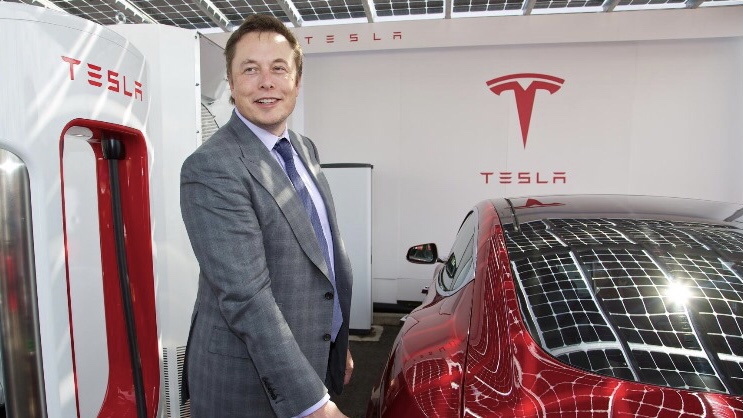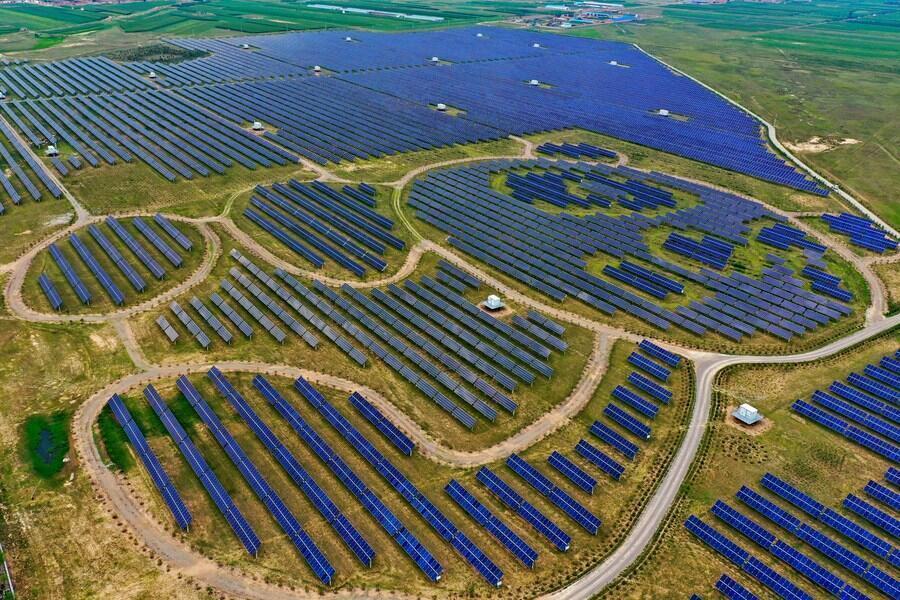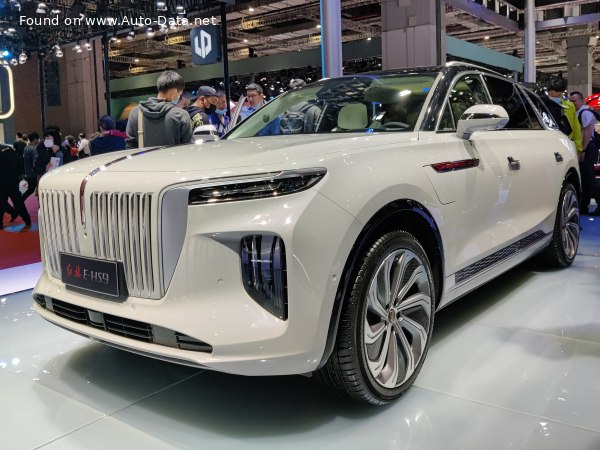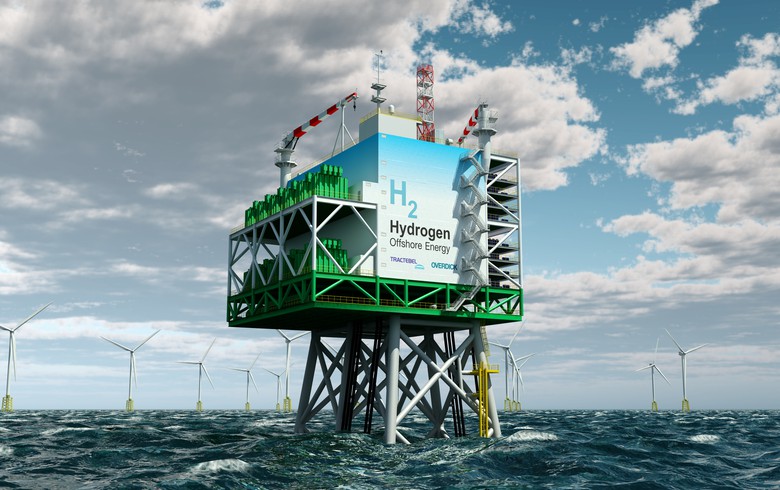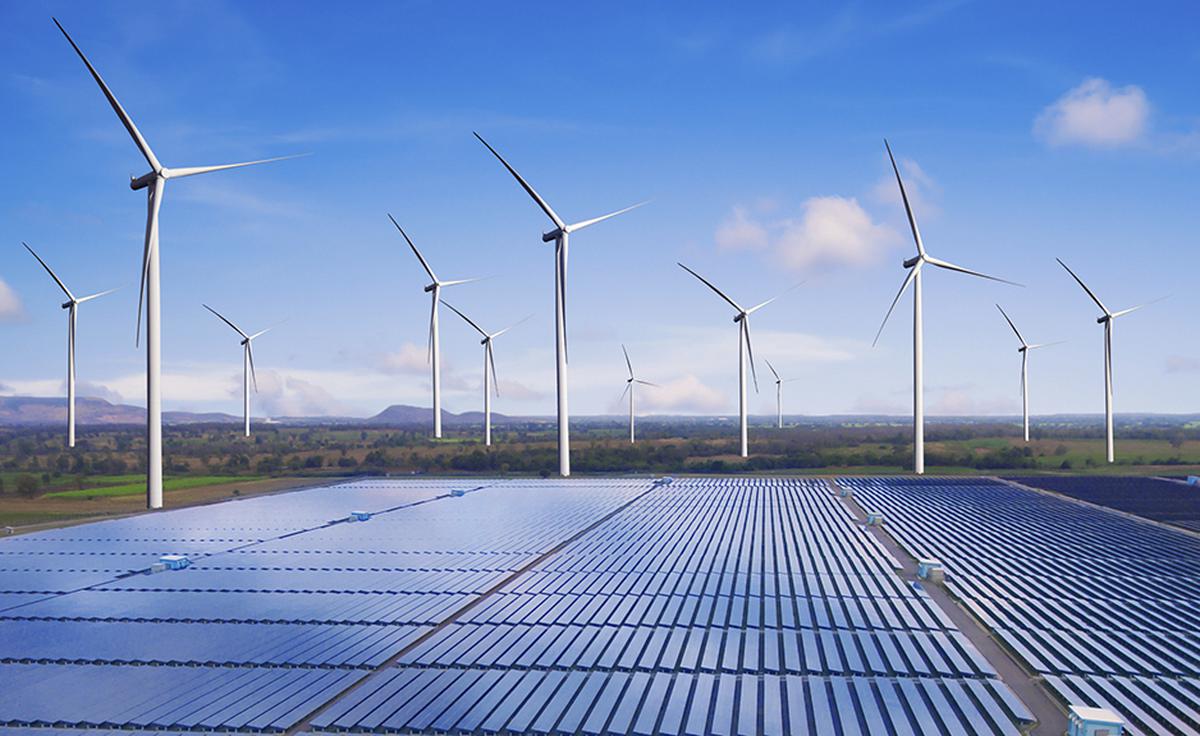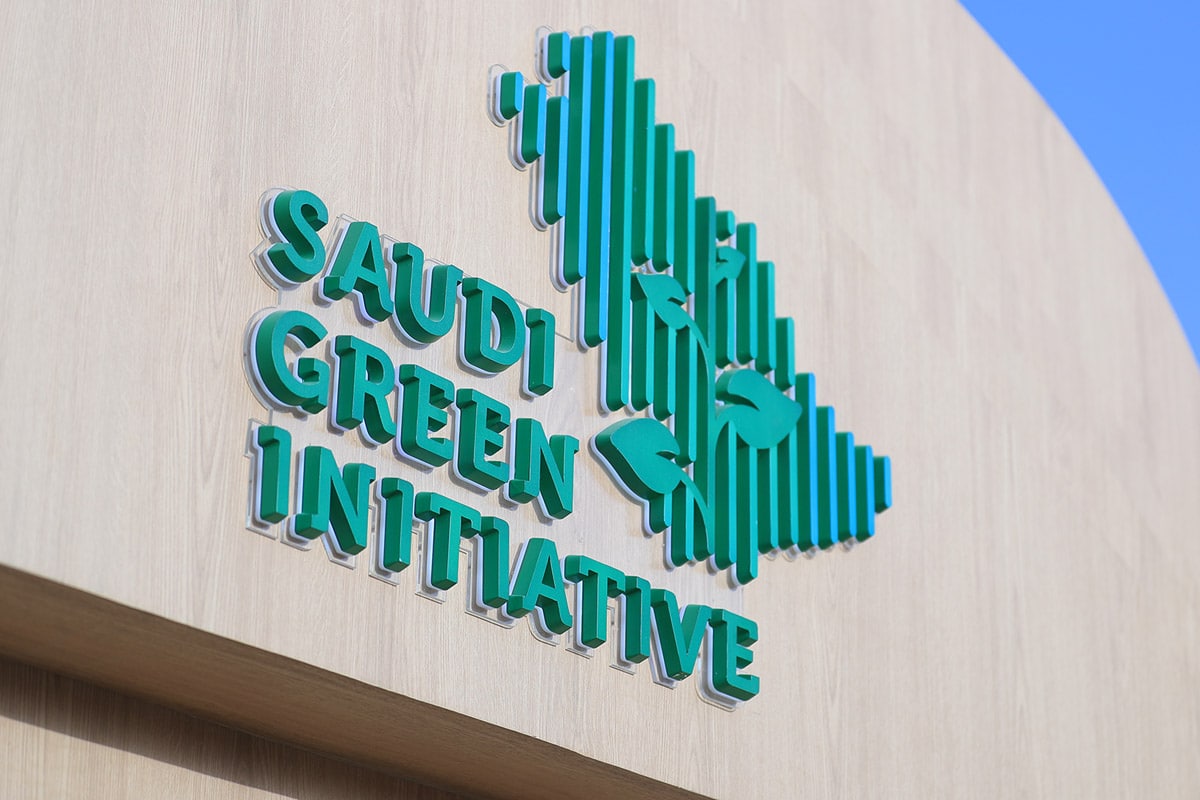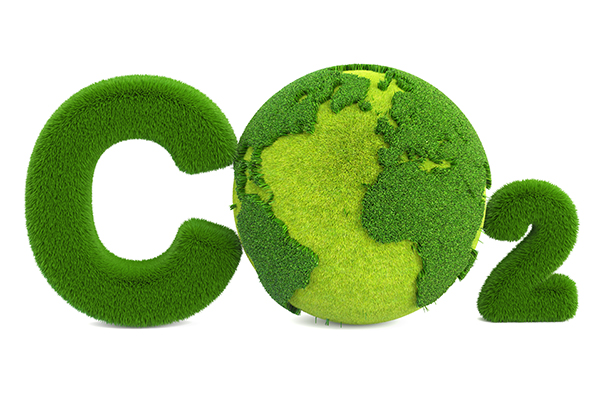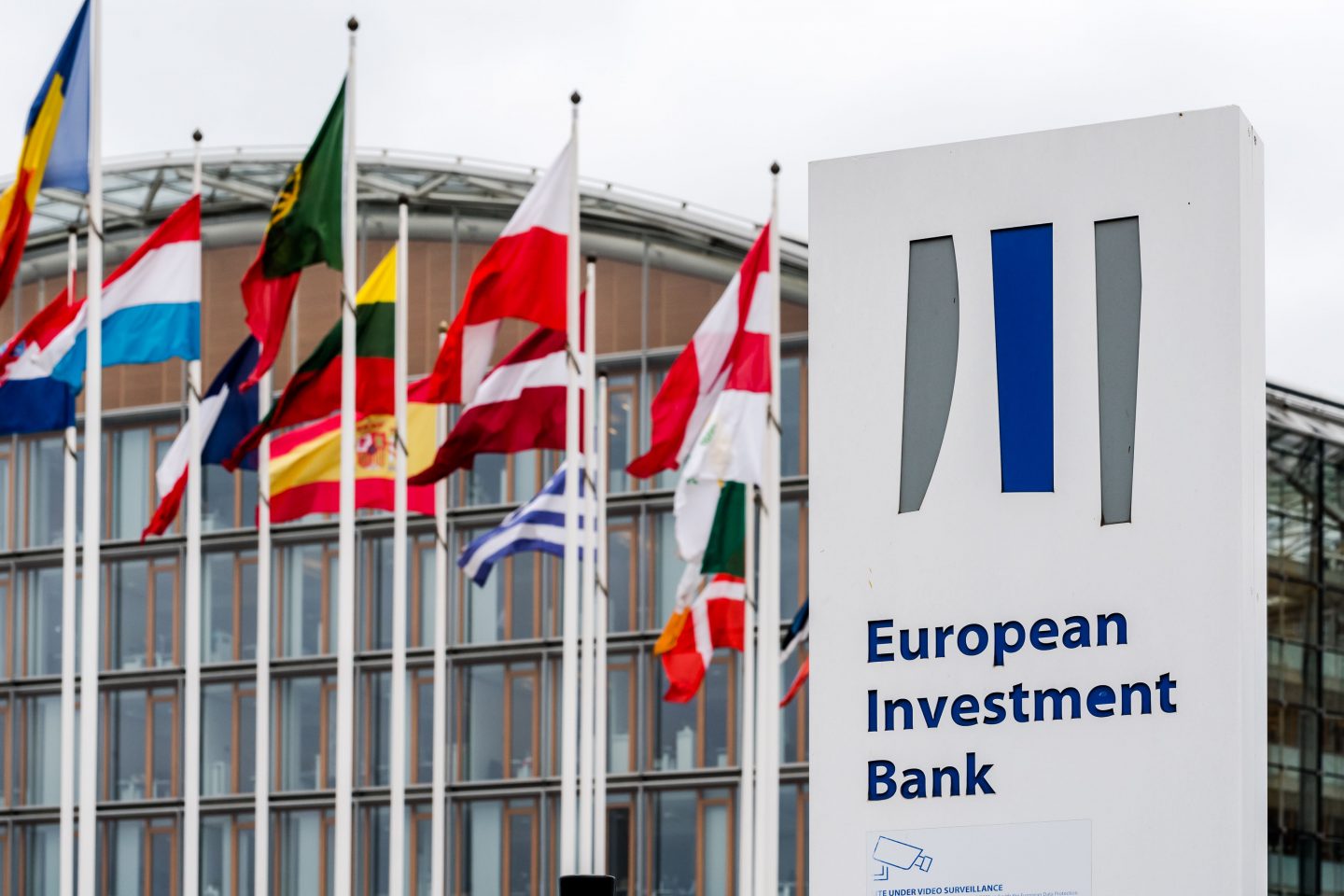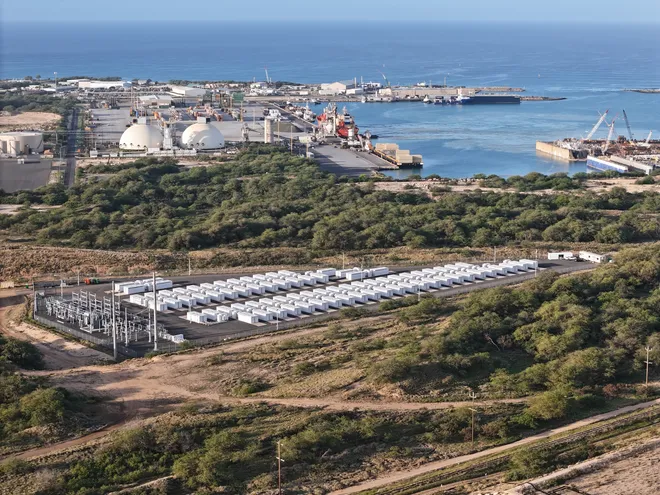
Meanwhile, neighbouring Pakistan – one of the countries most vulnerable to climate change – was also highly affected by the sweltering heatwave. Jacobabad, a city located in the southeastern region of Sindh, recorded the hottest April temperatures in history.
Fast forward a few weeks and while still dealing with the dramatic repercussions of the sweltering heatwave, South Asia became the epicentre of a record monsoon season. In late June, northeast India’s Assam and Meghalaya states and low-lying parts of Bangladesh experienced erratic rains that triggered some of the worst floods in more than a century, killing dozens and displacing millions of people. By the end of summer, it was Pakistan’s turn to deal with the devastating force of this monsoon season. In late August, the nation became the epicentre of the “climate catastrophe of the decade”, as rain-triggered floods of biblical proportions washed away entire cities and claimed thousands of lives.

But Asia wasn’t the only continent affected by heatwaves. During the summer of 2022, pretty much the whole world dealt with climate extremes. France went through its hottest May on record and the UK government declared the first-ever national emergency red heat alert, as exceptionally high temperatures in July baked London and other parts of the country for days. Meanwhile, hot and dry conditions across Europe fuelled an early wildfire season “sensibly above the average”, with Spain and Portugal experiencing particularly acute forest fires.
California, an extremely fire-prone state, will forever remember the devastating wildfire that broke out in July in Yosemite National Park, home to nearly 500 iconic sequoia trees among the longest-living and tallest in the world. Once considered impervious to flames, the iconic sequoias have become significantly more vulnerable to climate change-driven blazes, which have intensified and become more destructive in recent years.

As if all this wasn’t enough, the long-lasting heatwaves and destructive wildfires led some of the worst drought conditions in world’s history. In August, nearly half of Europe was declared under warning conditions for what scientists called the continent’s worst drought in at least 500 years, with rivers from the Po in Italy to the Rhine in Germany drying up as a result of high temperatures and a constant lack of precipitation, with repercussions on energy production and agriculture. In Asia, China’s longest heatwave since full records began in 1961 drained the Yangtze river, sparking energy rationing in the Sichuan region. Meanwhile, California entered its third year of drought.
The repercussion of this summer’s heatwaves have been felt all the way to the Arctic. With parts of the region experiencing unprecedented heating this summer and temperatures above average in September, ice melt in the Arctic reached yet another record high. We are looking at the largest melt event in terms of mass to occur in September in nearly four decades.
You might also like: The Key Takeaways From This Summer’s Heatwaves
What’s Behind All This?
The trend of more extreme weather events is caused by a warming Earth due to human activities. Are you surprised? Probably not.
In a nutshell, greenhouse gases such as carbon dioxide and methane lead to warmer air; which in turn generates more water vapour in the atmosphere. In fact, for every degree of warming that we get, scientists found that the atmosphere can hold roughly 7% more moisture. So, as storms ramp up, getting ready to release water vapour in the form of rain, they have more to draw upon, resulting in heavier and more powerful precipitations.

But it’s not just the air that gets warmer. As oceans heat up with global warming, more water is inevitably going to evaporate, further adding to this vicious cycle. Indeed, ocean warming accounts for more than one-third of global-mean sea level rise through thermal expansion, a phenomenon that, in turn, increases the threats to coastal infrastructures and habitats due to saltwater intrusion, coastal erosion, and flooding.
While climate change is not the direct cause of rainfall or hot temperatures, there is no doubt that it makes them more frequent and powerful. A study by the World Weather Attribution published in October found that 2022 droughts in the Northern Hemisphere were made “20 times more likely” by climate change. Global warming is also warming Northern regions nearly four times faster than the rest of the planet. This, scientists warn, will trigger even more catastrophic weather events in the future, from heatwaves and droughts to storms and floods.
Scientists agree that climate change is a key factor behind the strong and early rains that nations around the world are experiencing. As a result of global warming, temperatures in Asia have increased by at least 0.5C since the 1970s and monsoon patterns have shifted in recent decades, becoming not only stronger but also more difficult to predict.
Besides human-induced global warming, the increasingly hot and dry climate is associated with a weather phenomenon known as La Niña, trade winds that blow across the Pacific Ocean and which effects vary defending where you are in the world.
On the one hand, La Niña typically brings warmer and drier temperatures to western and southern US. These result in little precipitation, thereby leading to less snowmelt and runoff during the spring thaw, which create optimal drought conditions. On the other hand, the phenomenon is associated with more rainfall and cloudiness in Australia. In October 2022, the country was hit by severe flooding sparked by a third consecutive La Niña weather event, which caused the amount of rain usually expected throughout the month to fall in just 24 hours.
Climate Change is one of the most alarming issues threatening the life of the human civilization, so here are the top 10 world leaders setting an excellent example of what it means to actually lead in fighting the climate crisis and working for a bright, sustainable green future for all.
Joe Biden
President Biden said “We can lead America to become the world’s clean energy superpower. We can export our clean-energy technology across the globe and create high-quality, middle-class jobs here at home. Getting to a 100% clean energy economy is not only an obligation, it’s an opportunity. We should fully adopt a clean energy future, not just for all of us today, but for our children and grandchildren, so their tomorrow is healthier, safer, and more just”.
President Biden plan will make a historic investment in our clean energy future and environmental justice, paid for by rolling back the Trump tax incentives that enrich corporations at the expense of American jobs and the environment.
Biden’s climate and environmental justice proposal will make a federal investment of $1.7 trillion over the next ten years, leveraging additional private sector and state and local investments to total to more than $5 trillion. Joe Biden believes we should instead invest in a Clean Energy Revolution that creates jobs here at home.
Bill Gates
Bill Gates climate fund plans to mobilize $15 billion into clean tech. Breakthrough Energy Catalyst, a fund that sits within the wider Breakthrough Energy Group that was founded by Gates in 2015, has raised over $3.5 billion from businesses and charitable organizations so far for his climate technology and policy. “My basic optimism about climate change comes from my belief in innovation. The conditions have never been more clear for backing energy breakthroughs. It’s our power to invent that makes me hopeful”. Bill Gates stated.
David Attenborough
British environmentalist Sir David Attenborough is a legendary filmmaker and broadcaster advocates how human activities impede the conservation of nature. His inquisitiveness towards nature comes from his great learning, knowledge and advocacy. Attenborough was the recipient of prestigious “Green Star Award” for his extraordinary dedication of 60 years to environment.
From producing extensive wildlife documentaries to documentaries relating to Climate change, it explains his tireless effort to save our planet and tackle climate change crisis. He was founder of World Wildlife Fund in 1960s and patron of several charitable organization like World Land Trust, vice-president of Flora and Fauna International. He serves as a very influential role model of environmental conservation.
Jeff Bezos
Jeff Bezos will commit $10 billion to fund scientists, activists, nonprofits and other groups fighting to protect the environment and counter the effects of climate change.
Mr. Bezos said “Climate change is the biggest threat to our planet,” he wrote. “I want to work alongside others both to amplify known ways and to explore new ways of fighting the devastating impact of climate change on this planet we all share.”
“Amazon is proud to be an early adopter of green hydrogen given its potential to decarbonise hard-to-abate sectors like long-haul trucking, steel manufacturing, aviation, and ocean shipping,” said Kara Hurst, vice president of Worldwide Sustainability at Amazon. “We are relentless in our pursuit to meet our Climate Pledge commitment to be net-zero carbon across our operations by 2040 and believe that scaling the supply and demand for green hydrogen, such as through this agreement with Plug Power, will play a key role in helping us achieve our goals.”
Barack Obama
President Obama has been among the world’s most outspoken leaders on the issue of climate change, calling it the greatest threat to future generations in his 2015 State of the Union address. Without his personal commitment on the issue, chances are we wouldn’t have seen the historic bilateral agreement with China in 2014, which was instrumental in energizing the international talks leading up to last year’s breakthrough Paris Agreement. What’s made his efforts all the more impressive is the fact that he’s faced serious opposition and obstruction at pretty much every step of the way, including the legal challenges to the EPA’s Clean Power Plan.
Bernard Arnault
Bernard Jean Étienne Arnault is a French businessman and art collector who is the chairman LVMH Moët Hennessy – Louis Vuitton SE. Through LVMH Initiatives For the Environment (LIFE) program, renamed as LIFE 360, it has set out on a target of achieving 100 per cent renewable energy usage and eradicating fossil-based virgin plastic in packaging by 2026.
However, in 2019 we got a glimpse into his views on sustainability when he criticized climate activist Greta Thunberg, saying she had, “surrendering completely to catastrophism,” also adding: “I prefer positive solutions that allow us to get towards a more optimistic position.”
Gautam Adani
Mr: Andani said “reshaping India’s energy footprint in an extraordinary way”. The best evidence which showcased our confidence and belief in the future is our investment of $70 billion in facilitating India’s green transition. We are already one of the world’s largest developers of solar power. Our strength in renewables will empower us enormously in the effort to make green hydrogen the fuel of the future,”
Mr Gautam Adani is the Founder and Chairman of the Adani Group, which ranks among the top 3 industrial conglomerates in India. Mr Adani, a first-generation entrepreneur, is driven by the core philosophy of infusing “Growth with Goodness” through his nation-building vision. Each of the Group’s businesses focuses on helping build world-class infrastructure capabilities to help accelerate the growth of India.
Adani Group consists of 7 publicly listed entities with a combined market capitalization in excess of $242.73 billion (as of August 29, 2022) with businesses spanning Energy, Ports & Logistics, Mining & Resources, Gas, Defence & Aerospace, and Airports. The Group has established a leadership position in India in each of its business areas.
For Mr Adani, nation-building means transforming India’s coastline by building a string of ports and logistics hubs. For him, nation-building also means strengthening the country’s energy security and mitigating the urban-rural divide by delivering electricity to several hundreds of millions living in the hinterlands of India. Nation-building, for Mr Adani, also involves boosting food security by building a modern agriculture supply chain and empowering the farmers. Each of his industrial endeavours has created tens of thousands of jobs.
Mr Adani aims to make India one of the most significant players in sustainable energy by investing in the renewable ecosystem spanning solar manufacturing, generation, and solar park businesses. He dreams of making India self-reliant in defence and security.
The Group has a strong track record of working with global business leaders who want to participate in India’s growth story. The global expertise of these international companies in their respective businesses, combined with the project execution and market capabilities of Adani Group, has created enduring partnerships. The partners include Wilmar Group, Total SA, and Elbit Systems.
Adani Foundation, the Group’s Corporate Social Responsibility arm, is among his key interest areas. The Foundation’s pan-India initiatives across critical sectors of education, healthcare, sustainable livelihoods, and community infrastructure development touch more than 3.4 million lives annually in 2315 villages across 18 Indian states.
Sahit Muja
Sahit Muja CEO at Albanian Minerals, A New York based mining executive has been working 30 in finning solution to climate change.
Sahit Muja said” The most precious commodity on earth water, air and land are our most important resources, they are an irreplaceable element of our life, industry and our agriculture. Water and air are at the very heart of our existence”.
“Water is the lifeblood of human beings, and life on Earth. People depend on freshwater for drinking, cooking, cleaning, sanitation, growing food, fishing, generating energy, navigation, recreation and tourism. Safe, sufficient water and healthy aquatic ecosystems are essential for protecting health, achieving food security and ending poverty.
According to WHO in 2022 2.2 billion people have limited access to safe drinking water, and by 2025, half of the world’s population will be living in water-stressed areas.
Climate change is altering patterns of weather and water around the world, causing shortages and droughts in some areas and floods in others”. Sahit Muja has stated,
Mr. Muja added that; At the current consumption rate, this situation will only get worse. By 2025, two-thirds of the world’s population may face water shortages. And ecosystems around the world will suffer even more.
As climate change makes itself increasingly known and as population growth and increased industrialization magnify existing threats to aquifers and watersheds, it’s increasingly important to highlight the link between groundwater and health – and to take steps to protect them both.
Mineral Olivine is green gold of the future, fully capable of cleaning water and the world from Carbon Dioxide/ CO2 : This minerals superhero combination, it may be the most important element needed to maintain Clean air, clean waters and healthier biodiversity. It is vitally important for all lives on this world.
Magnesium: This marvelous wonder lies at the heart and body of every living thing. Is essential for all living cells and organisms. Magnesium Olivine is the next big thing in the 21st century, a great building block of new clean and green world.
Olivine is an essential mineral combination for all corps, grains, fruits and vegetables and on all the different species of animals, plants, fungi and microbial organisms living on Earth.
In order to provide clean water, air, land and healthy feed near 8 billion people, hundreds of billions of animals, trillions of sea creators and hundreds of trillions of plants, fruit trees, grains, vegetables and others. We need a revolutionary green and environment friendly products.
Albanian Minerals has been working for 30 years with magnesium olivine and currently hold over 100 billion tons in reserves, largest and finest quality recourse in the world.
Albanian Minerals CEO Sahit Muja said, “God has built with magnesium. This marvelous mineral wonder lies at the heart and body of every living thing. Food security, desertification, ocean acidification, land degradation, erosion, climate change, water and air pollution is the greatest threat and biggest challenge to humanity”.
“Albanian Minerals team with vision and drive has embrace new solution to push the world in the right direction .To turn the world’s most challenging problems, devastating period of social suffering and environment catastrophic effects of climate change into wisdom . On this journey of 25 years working; We have find a solution to challenge the world’s greatest threats; Food security, fight diseases, clean air, clean water and healthy living for all life’s”. Mr. Muja said.
Albanian Minerals has develop new olivine product and secure essential mineral combination to clean the world and feed all living biodiversity , this product can be used safe in land and the water.
Every single cell in this world demands adequate combination of this mineral to function, or it will perish.
Magnesium Olivine: Natural Green Wonder
100 percent guarantee Natural
100 percent guarantee eco friendly
100 percent guarantee to enrich nutrition on soil and waters
100 percent guarantee CO2 removal by weight 1 ton remove 1 ton CO2
100 percent guarantee CO2 is stored and used for vegetation growth as Mg carbonate
100 percent guarantee to regulate land, water and oceans acidification.
100 percent guarantee to regulates the PH in land
100 percent guarantee to increase production and vegetative growth .
100 percent guarantee to help against land desertification
100 percent guarantee to provide 20 different minerals essential for all lives
100 percent guarantee to help against toxic and heavy metals
100 percent guarantee to improve quality of all food chain
100 percent guarantee to reduce deficiency in minerals
100 percent guarantee to improve water quality
100 percent guarantee to help against land degradation and erosion
100 percent guarantee to help regulate land drainage
100 percent guarantee to help against diseases
100 percent guarantee to increase nutrition for all sea biodiversity.
100 percent guarantee to increase energy levels of all biodiversity
100 percent guarantee to help against climate change
“To feed near 8 billion people, hundreds of billions of animals, trillions of sea creators and hundreds of trillions of plants, fruit trees, grass, vegetables and others.
Albanian Minerals is working intensively to bring to the global markets over 100 billion tons of are reserves, this mineral combination as one of the greatest future natural supplement combination the world have ever seen.
This marvelous wonder lies at the heart and body of every living thing . Is essential for all living cells and organisms . This is the next big thing in the 21st century, a great building block of new world.
Is an essential mineral combination for all corps, grains, fruits and vegetables and on all the different species of animals, plants, fungi and microbial organisms living on earth”. Sahit Muja said.
Mr. Muja added that, The Belgian company Sibelco Sibelco’s range of filtration media includes BLUEGUARD®, a patented mineral-based granular material that efficiently removes heavy metals and other pollutants from water. BLUEGUARD® is currently being used in a pilot project with Aurubis, a leading global provider of non-ferrous metals and one of the largest copper recyclers worldwide.
BLUEGUARD® is made from magnesium olivine one of the most important minerals being considered against CO2 and water pollutions. Sibelco is global power on Olivine mining.
According to Sahit Muja CEO of the Albanian Minerals , Magnesium Olivine is one of the finest eco-friendly building block on new world capable of removing 1 trillion tons of CO2 from the atmosphere.
“Magnesium olivine is the greatest natural solution to date against climate change, rising sea levels, rising ocean temperatures, ocean acidification, land degradation and desertification. It’s a nature’s way of turning carbon dioxide into nutrition for all biodiversity” . Sahit Muja said.
Mukesh Ambani
The conglomerate led by Mukesh Ambani one of the world’s richest man, announced plans to invest $76 billion toward clean energy projects.
“We have a 15-year vision to build Reliance as one of the world’s leading New Energy and New Materials company”. Mr. Ambani said.
The New Energy business based on the principle of Carbon Recycle and Circular Economy is a multi-trillion opportunity for India and the world.
“It is also an opportunity to make clean and green energy abundantly available at an affordable price to every Indian, every Indian enterprise, and every Indian utility. More than a business, this is our seva to save Planet Earth from the ravages of climate change.” said Mukesh D. Ambani Chairman and Managing Director, RIL.
Angela Merkel
German Chancellor Merkel has such a long history of environmental advocacy she is affectionately referred to as the “climate chancellor” by her country’s media. Her commitment to the cause is not especially surprising – Merkel is a former research scientist who was appointed minister for the environment in Germany in 1994, just four years after first entering politics.
By 2005, she had become Germany’s first woman chancellor.
Only a few years later, in 2011, the center-right politician announced a sweeping new energy policy – called the German energiewende (energy transition) – that sought to transform the nation from one powered by nuclear and fossil fuel energy to one receiving almost all of its energy from wind, solar, geothermal, and biomass. And she intended for it all to happen within just a few decades.
“We want to end the use of nuclear energy and reach the age of renewable energy as fast as possible,” Merkel said at the time.
It was an ambitious goal, to say the least. Merkel’s administration set out to shut down all of the country’s then-17 nuclear reactors, which provided up to a quarter of Germany’s electricity needs at the time, by 2022, while ramping up its renewable energy output. She planned for Germany to get 35 percent of its electricity from renewables by 2020, 50 percent by 2030, 65 percent by 2040, and more than 80 percent by 2050. At the same time, Merkel vowed to cut carbon emissions (compared to 1990 levels) by 40 percent by 2020, 55 percent by 2030, and more than 80 percent by 2050.

